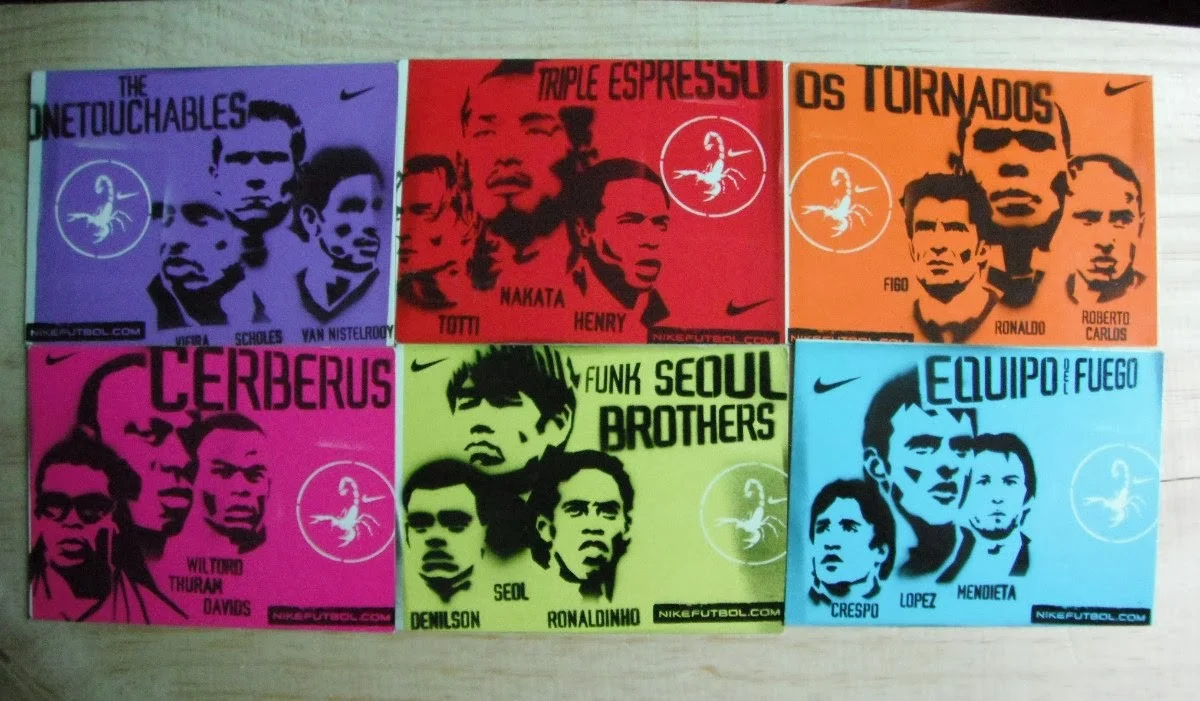As part of the US Soccer hackathon in Chicago last month, our team of Benjamin Harrison, Kevin Minkus, Eliot McKinley, Andrew Crago, and I developed a player decision model to evaluate final third decision making (Editor's note: Andrew is being humble and left out one important point: THEY WON THE HACKATHON. Here's a link to the project). The model uses Gaussian process classification to estimate the decision a player would make—either to pass, shoot, or attempt to take on a defender—at a specific point in the final third. Combining the players on the same team, we can extend this model to estimate the decisions the team as a whole makes in the attacking third. Then, to further understand team decision making in different game situations, the data is stratified into three categories to look at the adjustments in play when behind, tied, or ahead.
There’s not a whole lot that jumps out in an initial glance at the plots—there are no clear similarities between teams at the top or bottom of the league. There is, however, one specific team that stands out. Atlanta is extremely consistent—their attacking strategy is virtually identical regardless of the score. In the often volatile arena of professional sports consistency usually correlates with success, and Atlanta’s 2018 campaign is no exception. But ultimately it’s hard to say whether this consistency is a source or byproduct of their successes this year. Winning tends to alleviate a lot of the pressure on a team, which presumably would lead to more consistent performances, or it’s entirely possible that Atlanta is simply executing well.
Read More










